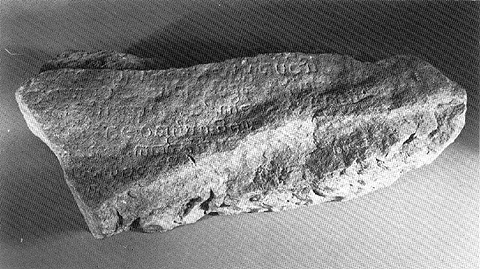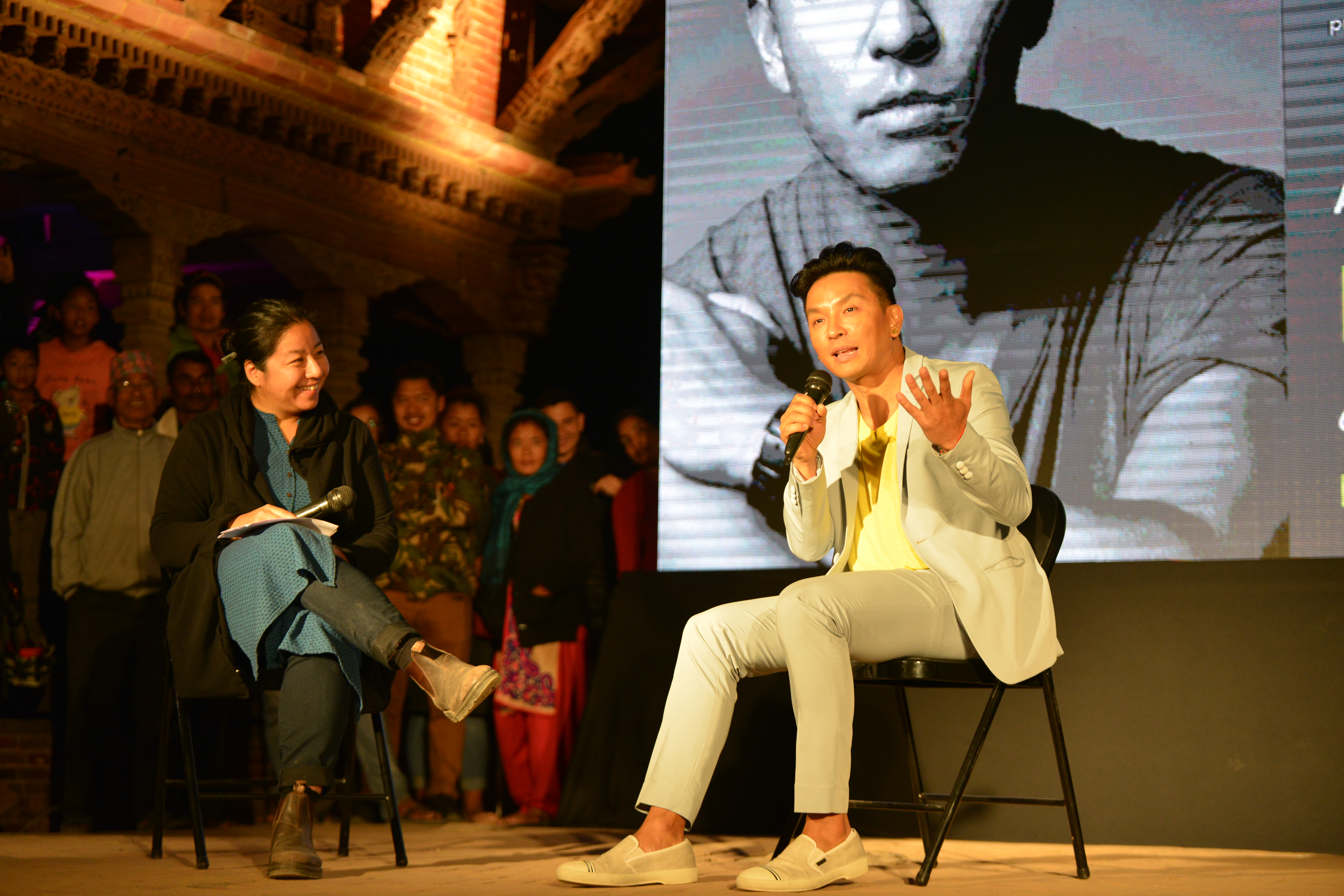|
Nepalis In Singapore
There is a large community of Nepalese in Singapore, consisting mostly of Gurkhas recruited from Nepal and their families. Overview Gurkhas The Gurkha Contingent was formed in Singapore on 9 April 1949 in the wake of Indian independence from the British Empire, where Gurkhas battalions from the British Indian Army were divided between the Indian Army and the British Army. Those transferred to the British Army were posted to other remaining British Colonies. In Malaya and Singapore, their presence was badly needed to battle the worsening communist threat, and to replace the Sikh unit in Singapore which reverted to the Indian Army on Indian independence. Just a year after their formation, their presence became an asset when racial riots between the Malay and European communities broke out over the disputed custody of Maria Hertogh. The GC troopers were again activated when major rioting erupted all over the country between the ethnic Malays and Chinese on Prophet Mohammed's b ... [...More Info...] [...Related Items...] OR: [Wikipedia] [Google] [Baidu] |
Gurkha IOC 1
The Gurkhas or Gorkhas (), with endonym Gorkhali ), are soldiers native to the Indian Subcontinent, chiefly residing within Nepal and some parts of Northeast India. The Gurkha units are composed of Nepalis and Indian Gorkhas and are recruited for the Nepali Army (96000), Indian Army (42000), British Army (4010), Gurkha Contingent Singapore, Gurkha Reserve Unit Brunei, UN peacekeeping forces and in war zones around the world. Gurkhas are closely associated with the ''khukuri'', a forward-curving knife, and have a reputation for military prowess. Former Indian Army Chief of Staff Field Marshal Sam Manekshaw once stated that: "If a man says he is not afraid of dying, he is either lying or he is a Gurkha." Origins Historically, the terms "Gurkha" and "Gorkhali" were synonymous with "Nepali", which originates from the hill principality Gorkha Kingdom, from which the Kingdom of Nepal expanded under Prithvi Narayan Shah. The name may be traced to the medieval Hindu warrior-s ... [...More Info...] [...Related Items...] OR: [Wikipedia] [Google] [Baidu] |
Communism
Communism (from Latin la, communis, lit=common, universal, label=none) is a far-left sociopolitical, philosophical, and economic ideology and current within the socialist movement whose goal is the establishment of a communist society, a socioeconomic order centered around common ownership of the means of production, distribution, and exchange which allocates products to everyone in the society.: "One widespread distinction was that socialism socialised production only while communism socialised production and consumption." Communist society also involves the absence of private property, social classes, money, and the state. Communists often seek a voluntary state of self-governance, but disagree on the means to this end. This reflects a distinction between a more libertarian approach of communization, revolutionary spontaneity, and workers' self-management, and a more vanguardist or communist party-driven approach through the development of a constitutional socialist st ... [...More Info...] [...Related Items...] OR: [Wikipedia] [Google] [Baidu] |
Nepalese Diaspora In Asia
Nepali or Nepalese may refer to : Concerning Nepal * Anything of, from, or related to Nepal * Nepali people, citizens of Nepal * Nepali language, an Indo-Aryan language found in Nepal, the current official national language and a language spoken in India * Nepal Bhasa, a Sino-Tibetan language found in Nepal, formerly the official national language * Nepalese literature * Nepalese cuisine * Nepalese culture * Nepali cinema * Nepali music Other uses * ''Nepali'' (film), a 2008 Indian Tamil-language film See also * Nepal (other) * * * Languages of Nepal * Nepal Nepal (; ne, :ne:नेपाल, नेपाल ), formerly the Federal Democratic Republic of Nepal ( ne, सङ्घीय लोकतान्त्रिक गणतन्त्र नेपाल ), is a landlocked country in S ... is a south Asian country with a population of nearly 30 million. {{disambiguation Language and nationality disambiguation pages ... [...More Info...] [...Related Items...] OR: [Wikipedia] [Google] [Baidu] |
Ethnic Groups In Singapore
As of June 2021, the population of Singapore stood at 5.45 million. Of its total population of 5.45 million in 2021, 4 million are residents, consisting of citizens and permanent residents (PRs). 1.45 million are non-residents, comprising foreign students and individuals on work passes. Singapore is a multiracial, multiethnic, and multicultural Asian society. Major religions include Buddhism, Christianity, Islam, Taoism, and Hinduism. Its people are broadly organised under the CMIO (Chinese–Malay–Indian–Other) system of categorisation. Although Malays are recognised as the indigenous community, 75.9% of the population are ethnic Chinese, with ethnic Malays and Indians comprising 15.0% and 7.5% respectively. Together, the three largest ethnic groups comprise 98.4% of the citizen population. The remaining 1.6% comprises members of "Other" races, which comprises largely Eurasians. Officially, mixed-race Singaporeans are often regarded as having the race of their father. How ... [...More Info...] [...Related Items...] OR: [Wikipedia] [Google] [Baidu] |
Indians In Singapore
Indian Singaporeans (Tamil: ') are Singaporeans of Indian or South Asian ancestry, who constitute 9.0% of the country's citizens, making them the third largest ancestry and ethnic group in Singapore. While contact with ancient India left a deep impact on Singapore's indigenous Malay culture, the mass settlement of Indians on the island only began with the founding of modern Singapore by the British in 1819. Initially, the Indian population was transient, mainly comprising young men who came as workers, soldiers and convicts. By the mid-20th century, a settled community had emerged, with a more balanced gender ratio and a better spread of age groups. Indian Singaporeans are linguistically and religiously diverse, with ethnic Tamils and Hindus forming majorities. The Indo-Singaporean culture has endured and evolved over almost 200 years. By the 1990s, it had grown somewhat distinct from contemporary South Asian cultures, even as Indian elements became diffused within a broader ... [...More Info...] [...Related Items...] OR: [Wikipedia] [Google] [Baidu] |
Gurkha Contingent
The Gurkha Contingent (GC) is a line department of the Singapore Police Force (SPF) consisting primarily of Gurkhas from Nepal, recruited by the British Army with the purview of the Government of Singapore. The contingent's roles are as a special guard force and counter-terrorist force. History The Gurkha Contingent was formed on 9 April 1949 in the wake of Indian independence from the British Empire, with Captain Darshan Limbu, when the Gurkha regiments of the British Indian Army were divided between the Indian Army and the British Army as per the terms of the Britain–India–Nepal Tripartite Agreement. Under the agreement, four Gurkha regiments from Nepal were transferred to the British Army while six joined the Indian army. India now has 39 Gorkha battalions serving in seven Gorkha regiments. [...More Info...] [...Related Items...] OR: [Wikipedia] [Google] [Baidu] |
Prabal Gurung
Prabal Gurung ( ne, प्रवल गुरुङ) (born 1979) is a Singapore–born Nepalese–American fashion designer based in New York City. Early life and education Gurung was born on March 31, 1979, in Singapore to Nepali parents and raised in Kathmandu, Nepal. Family members as mentioned by Prabal in his social media and interviews include his mother, older brother and older sister. His mother, Durga Rana, was a former boutique owner. His older brother, Pravesh Rana Gurung, is an Indian film director, and his older sister, Kumudini Shrestha, is a teacher and social worker. He went to a Jesuit school, St. Xavier's School in Jawalakhel. Before entering the fashion world, he earned a bachelor's degree in hotel management from the National Council of Hotel Management, Catering Technology and Applied Nutrition. He had always been interested in clothing and colors and was introduced to the world of fashion when he moved to one of the biggest cities in India, New Delhi. The ... [...More Info...] [...Related Items...] OR: [Wikipedia] [Google] [Baidu] |
Mount Vernon, Singapore
Mount Vernon (Chinese: 翡珑山; ms, Gunung Vernon) is a small hill in central Singapore west of Potong Pasir and north of MacPherson Estate. Officially named in 1956, it is circumscribed by Bartley Road, Upper Aljunied Road, Upper Serangoon Road, and Upper Paya Lebar Road. It is named after British Royal Navy Vice Admiral Edward Vernon (1684–1757). Features Mount Vernon is relatively undeveloped due to Mount Vernon Crematorium and Bidadari Cemetery being located on it. Both facilities have since shut down, and major residential development is expected in that area. The hill itself is likely to remain intact, however, as it is largely occupied by the Mount Vernon Camp, the operational and residential base of the Gurkha Contingent. Infrastructure Public services The Singapore Society for the Prevention of Cruelty to Animals moved to the edge of Mount Vernon in 1984 after being relocated from Orchard Road. Mount Vernon Columbarium started operations in 1962. Due to inabilit ... [...More Info...] [...Related Items...] OR: [Wikipedia] [Google] [Baidu] |
Mohammed
Muhammad ( ar, مُحَمَّد; 570 – 8 June 632 CE) was an Arab religious, social, and political leader and the founder of Islam. According to Islamic doctrine, he was a prophet divinely inspired to preach and confirm the monotheistic teachings of Adam, Abraham, Moses, Jesus, and other prophets. He is believed to be the Seal of the Prophets within Islam. Muhammad united Arabia into a single Muslim polity, with the Quran as well as his teachings and practices forming the basis of Islamic religious belief. Muhammad was born approximately 570CE in Mecca. He was the son of Abdullah ibn Abd al-Muttalib and Amina bint Wahb. His father Abdullah was the son of Quraysh tribal leader Abd al-Muttalib ibn Hashim, and he died a few months before Muhammad's birth. His mother Amina died when he was six, leaving Muhammad an orphan. He was raised under the care of his grandfather, Abd al-Muttalib, and paternal uncle, Abu Talib. In later years, he would periodically seclude himse ... [...More Info...] [...Related Items...] OR: [Wikipedia] [Google] [Baidu] |
Maria Hertogh Riots
Maria Hertogh (born ''Huberdina Maria Hertogh''; 24 March 1937 – 8 July 2009), also known as Bertha Hertogh, Nadra binte Ma'arof, Nadra Adabi and simply as Natrah, was a Dutch woman of Eurasian extraction and Malay upbringing, notable for being at the centre of the Maria Hertogh riots as a girl. Riots took place between 11 and 13 December 1950 in Singapore, after a court decided that Maria should be taken from her Malay Muslim foster/adoptive mother's custody and given over to her Dutch Catholic natal parents. A protest by outraged Muslims escalated into a riot when images of her were published showing her kneeling before a statue of the Virgin Mary and Saint Blaise. 18 people were killed and 173 injured; many properties were also damaged. Birth and baptism Huberdina Maria Hertogh was born on 24 March 1937 to a Dutch Catholic family living in Cimahi, near Bandung, Java, then a part of the Dutch East Indies (now Indonesia). Her natal father, Adrianus Petrus Hertogh, came ... [...More Info...] [...Related Items...] OR: [Wikipedia] [Google] [Baidu] |
Sikh
Sikhs ( or ; pa, ਸਿੱਖ, ' ) are people who adhere to Sikhism, Sikhism (Sikhi), a Monotheism, monotheistic religion that originated in the late 15th century in the Punjab region of the Indian subcontinent, based on the revelation of Guru Nanak. The term ''Sikh'' has its origin in the word ' (), meaning 'disciple' or 'student'. Male Sikhs generally have ''Singh'' ('lion'/'tiger') as their last name, though not all Singhs are necessarily Sikhs; likewise, female Sikhs have ''Kaur'' ('princess') as their last name. These unique last names were given by the Gurus to allow Sikhs to stand out and also as an act of defiance to India's caste system, which the Gurus were always against. Sikhs strongly believe in the idea of "Sarbat Da Bhala" - "Welfare of all" and are often seen on the frontline to provide humanitarian aid across the world. Sikhs who have undergone the ''Amrit Sanchar'' ('baptism by Khanda (Sikh symbol), Khanda'), an initiation ceremony, are from the day of thei ... [...More Info...] [...Related Items...] OR: [Wikipedia] [Google] [Baidu] |






